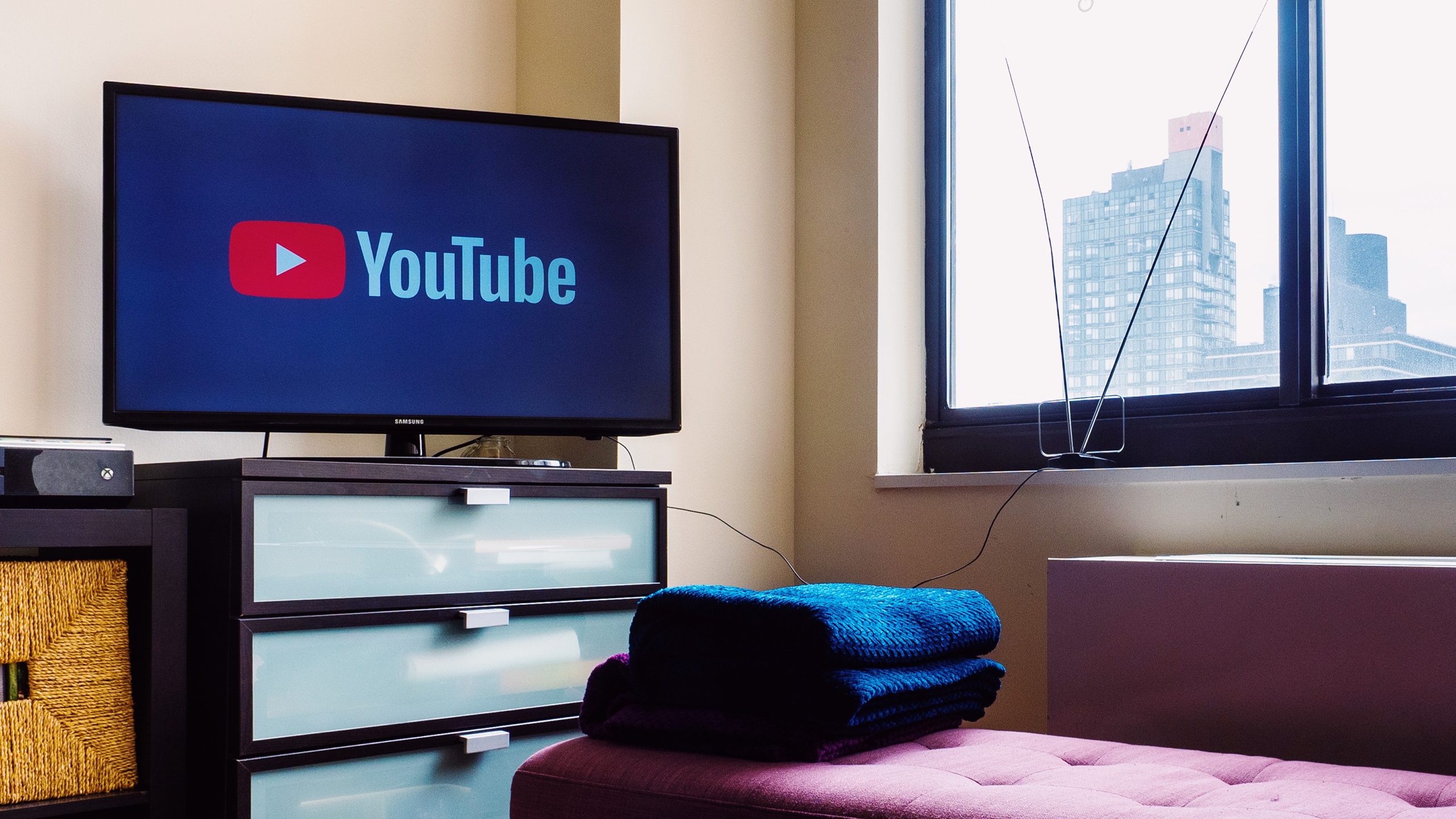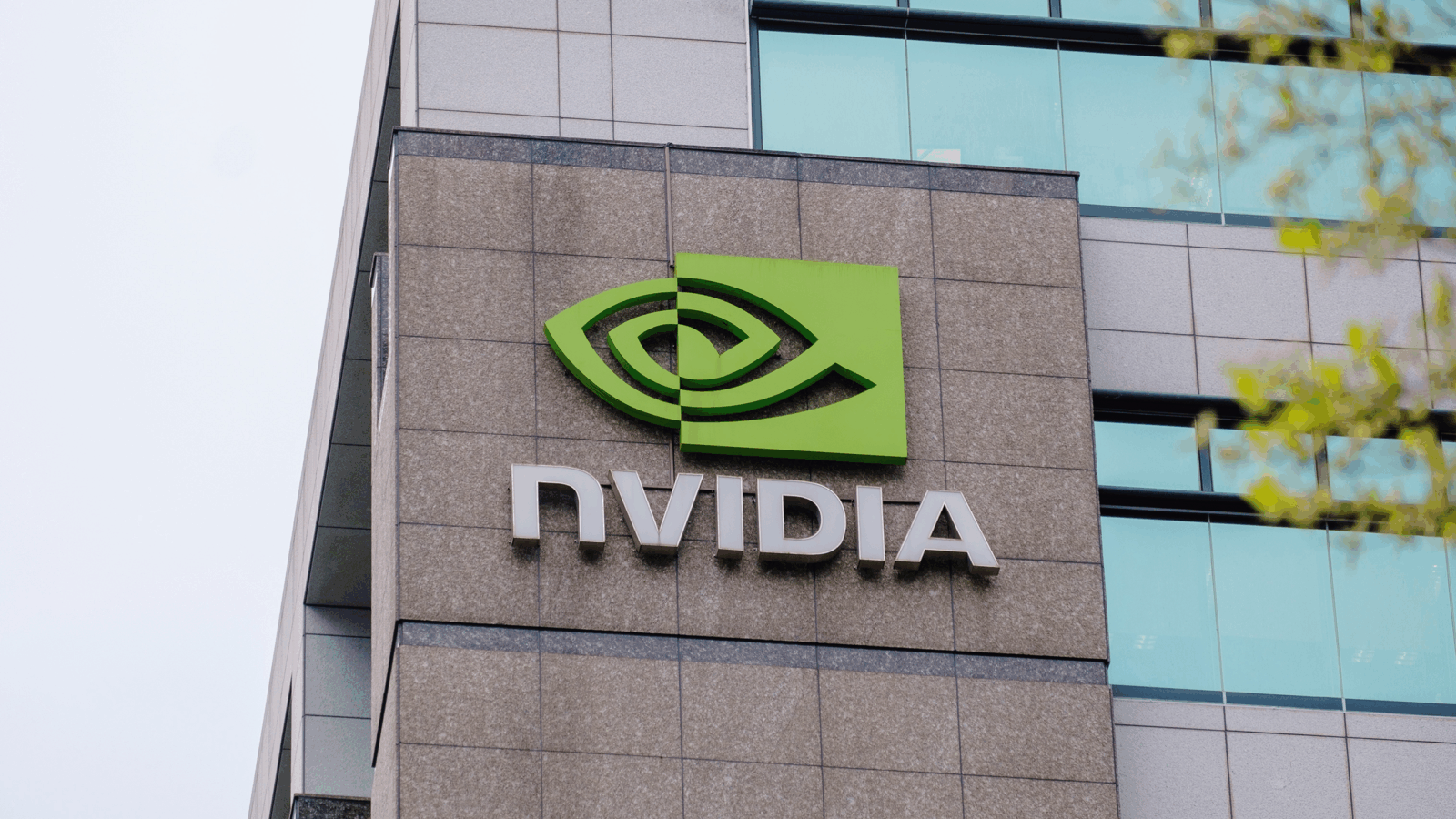2024: The Year YouTube Became TV
YouTube may have started off as a platform for small screens, but now it’s increasingly dominating the living room TV.
Sign up for smart news, insights, and analysis on the biggest financial stories of the day.
It’s getting increasingly difficult to find the line between media companies and tech companies, and even more difficult to pinpoint the difference between internet content and traditional TV and movies.
Regardless, most US households seem to see it all as a distinction without a difference. Just ask Google, which earlier this month released some eye-opening statistics showing a shift in YouTube viewing habits.
YouTube Killed the TV Star
YouTube may have started off as a platform for the smallest of screens — laptops, tablets, and smartphones — but it’s increasingly dominating the biggest screen in the house: the living room TV. In fact, in a recent blog post, YouTube says viewers watch a gargantuan 1 billion hours of content per day on their TVs, via devices like Roku and Apple TV.
The trend is discernible across various content categories. Per YouTube, viewers watch 400 million hours worth of podcasts on their TVs per month (yes, watch podcasts), while the watch time of sports content, such as highlights and post-game interviews, on TVs grew 30% year-over-year.
As you might imagine, all of this has done wonders for YouTube’s bottom line:
- Google doesn’t break out profit figures for YouTube, but in its most recent earnings call, it said the platform crossed $50 billion in revenue from ads and subscriptions in the previous four quarters.
- That marks a record for YouTube, and, for perspective, bests the $33 billion in annual revenue Netflix reported in 2023 — and YouTube is built on users creating content on their own (though top creators are paid out in ad revenue-sharing schemes), rather than spending billions on production costs.
Let’s Connect: So, yes, YouTube is replacing TV. In more ways than one. Some of YouTube’s subscription revenue comes from YouTube TV, the live-stream service that gives users access to basically every channel that used to be in their cable or satellite package. The service was originally pitched as a cheaper alternative to cable, with virtually all the same perks, and has garnered some 8 million subscribers. But earlier this month, YouTube announced it’d be raising prices for the service in January by $10 per month, to $82.99 per month. In other words: For the price of a YouTube TV subscription you could buy a lot of things. Like, say, a comparable cable package with your favorite telecom giant.












